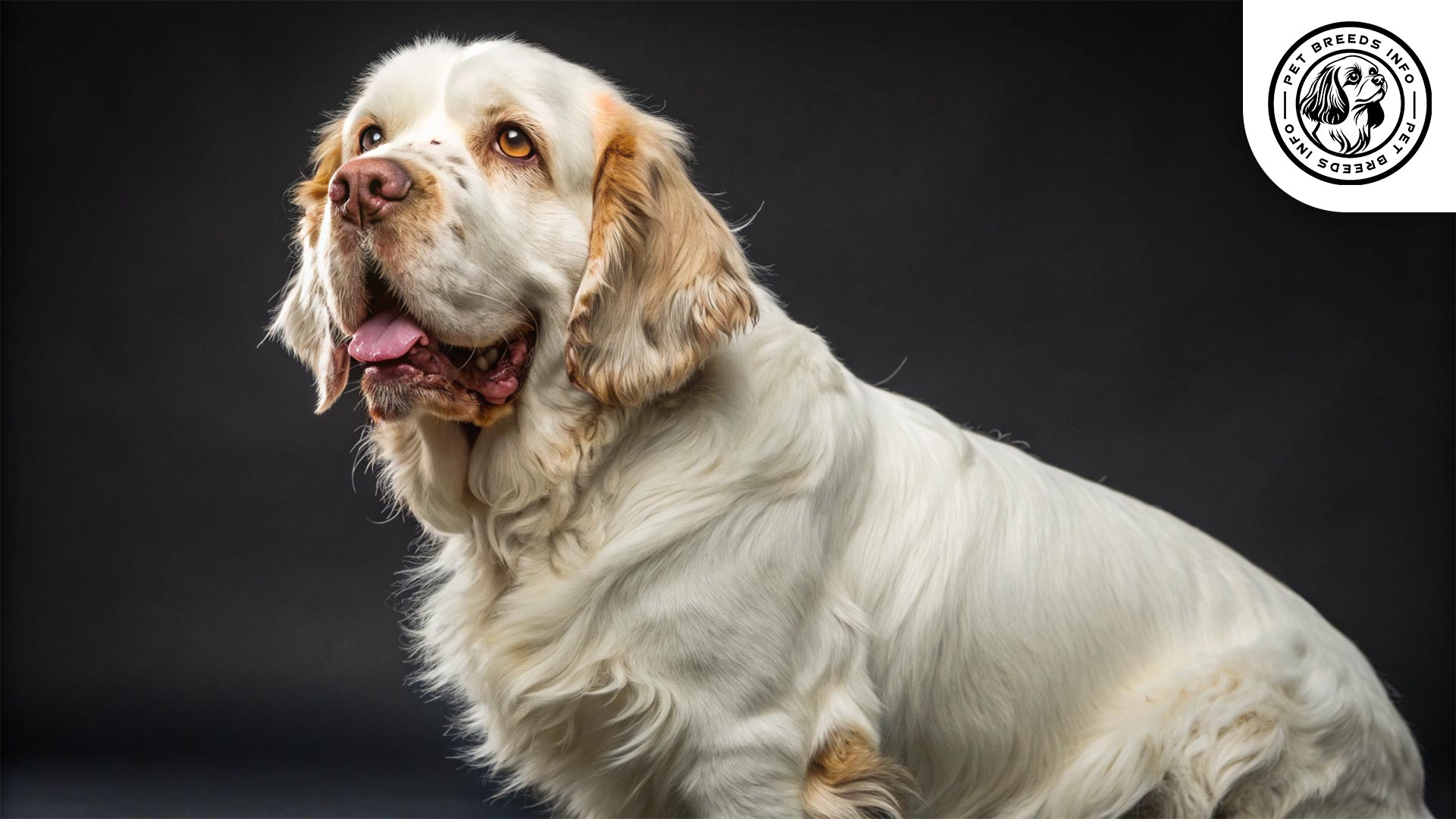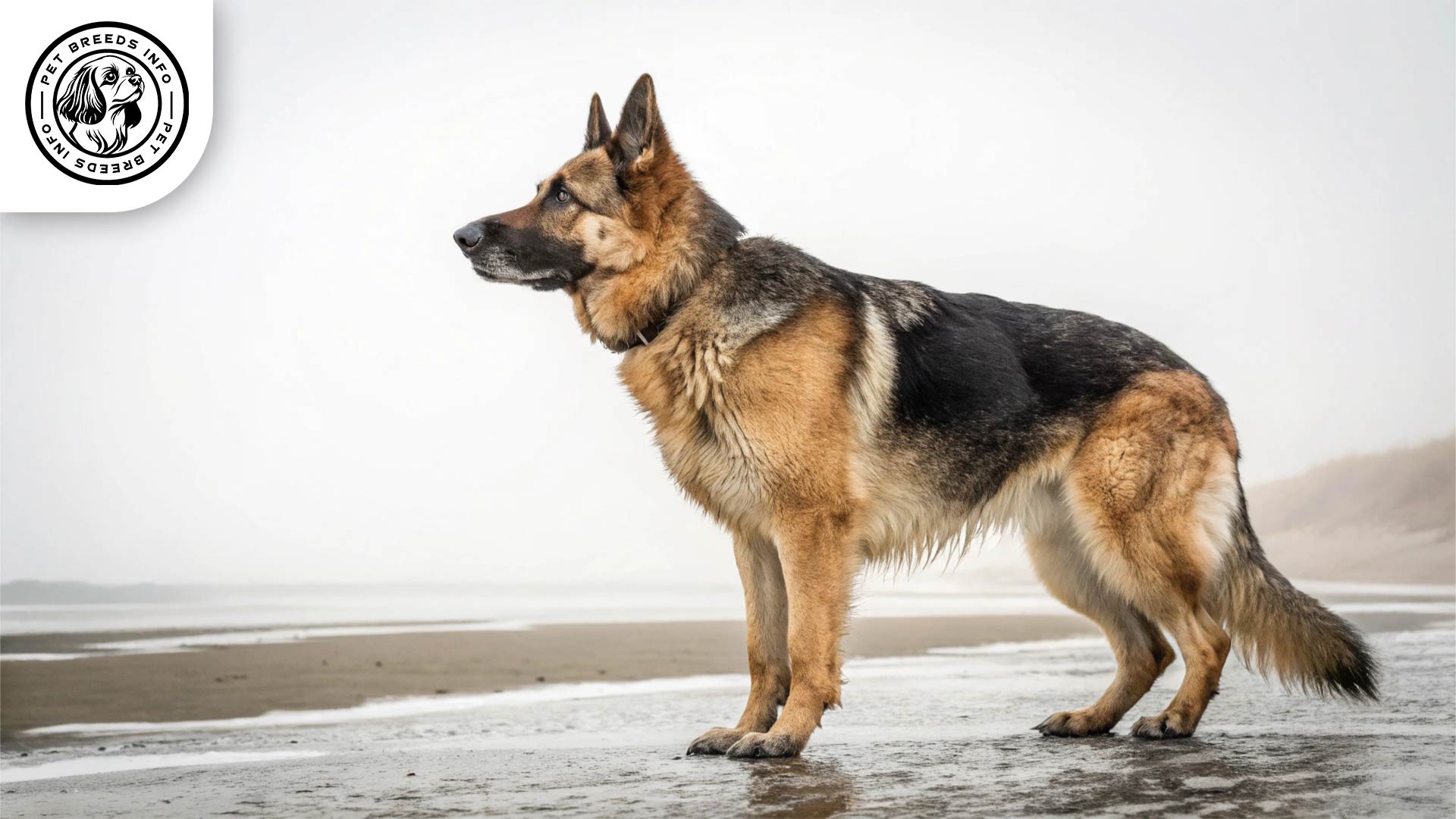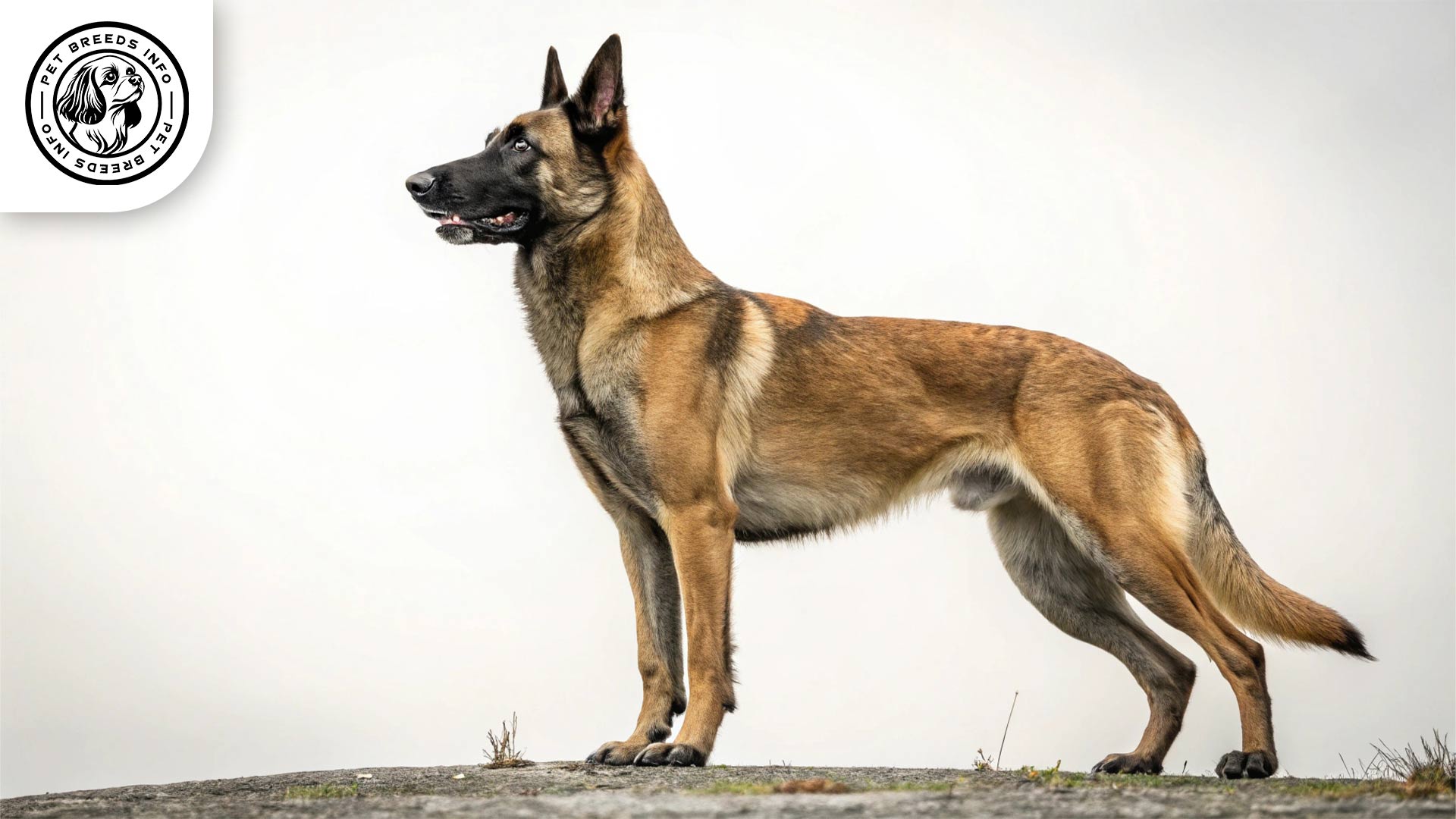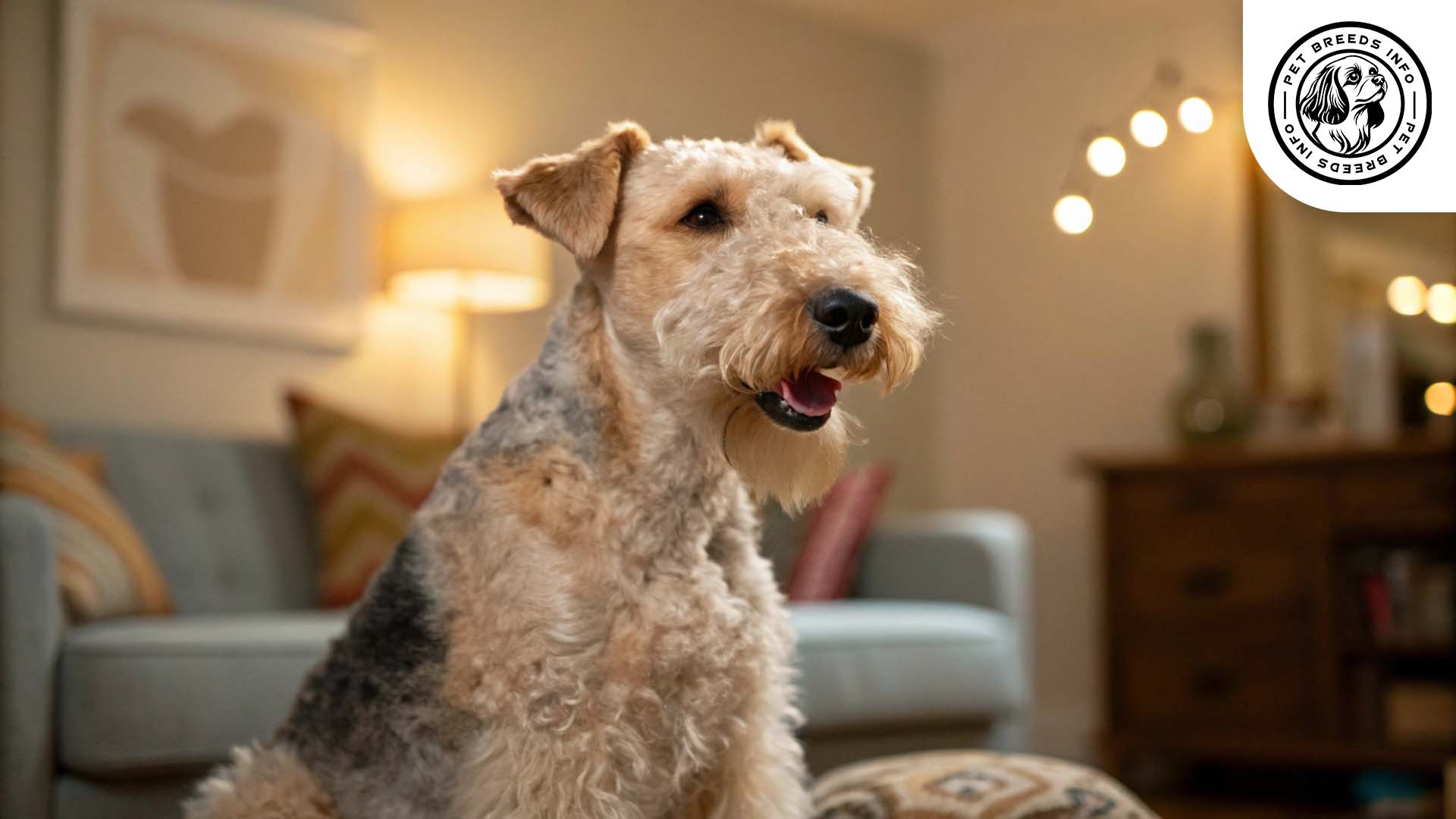Clumber Spaniel Dog Breed: Size, Health, Price & Personality
General Introduction of the Breed
The Clumber Spaniel is a rare and distinguished breed known for its gentle and affectionate nature. In English, it is simply called the Clumber Spaniel. It originates from England, where it was developed as a hunting and retrieving dog. The breed is believed to have been selectively bred in the 18th century by the Duke of Newcastle in Clumber Park, hence the name. It was highly favored by nobility and aristocracy for its excellent tracking and retrieving skills.
Table of Contents
| Weight | Males: 70-85 pounds Females: 55-75 pounds |
| Lifespan | 10-12 years |
| Diet | High-quality dry kibble, wet food, or natural raw diet. Rich in protein and healthy fats. Avoid excessive carbohydrates, chocolate, onions, grapes, high-fat human foods. |
| Care | Moderate daily exercise, regular brushing (3 times a week), moderate shedding, heat sensitivity, cold tolerance, regular bathing, nail trimming, ear cleaning, dental care. |
| Health | Hip dysplasia, eye disorders (entropion), ear infections, obesity. |
| Color | Predominantly white with lemon or orange markings (especially around head and ears). |
| Nature | Gentle, affectionate, loyal, calm, docile, intelligent (but sometimes independent/stubborn), moderate energy, enjoys leisurely strolls, friendly with children and pets. |
| Price | $1,500 – $3,500 (from a reputable breeder) |
Physical Characteristics
The Clumber Spaniel is a medium-to-large breed with a sturdy, muscular build. Males typically stand between 17 to 20 inches tall and weigh around 70 to 85 pounds, while females are slightly smaller, averaging 16 to 19 inches in height and 55 to 75 pounds in weight.
Their coat is dense, silky, and slightly wavy, with a weather-resistant quality. They are predominantly white with lemon or orange markings, particularly around their head and ears.
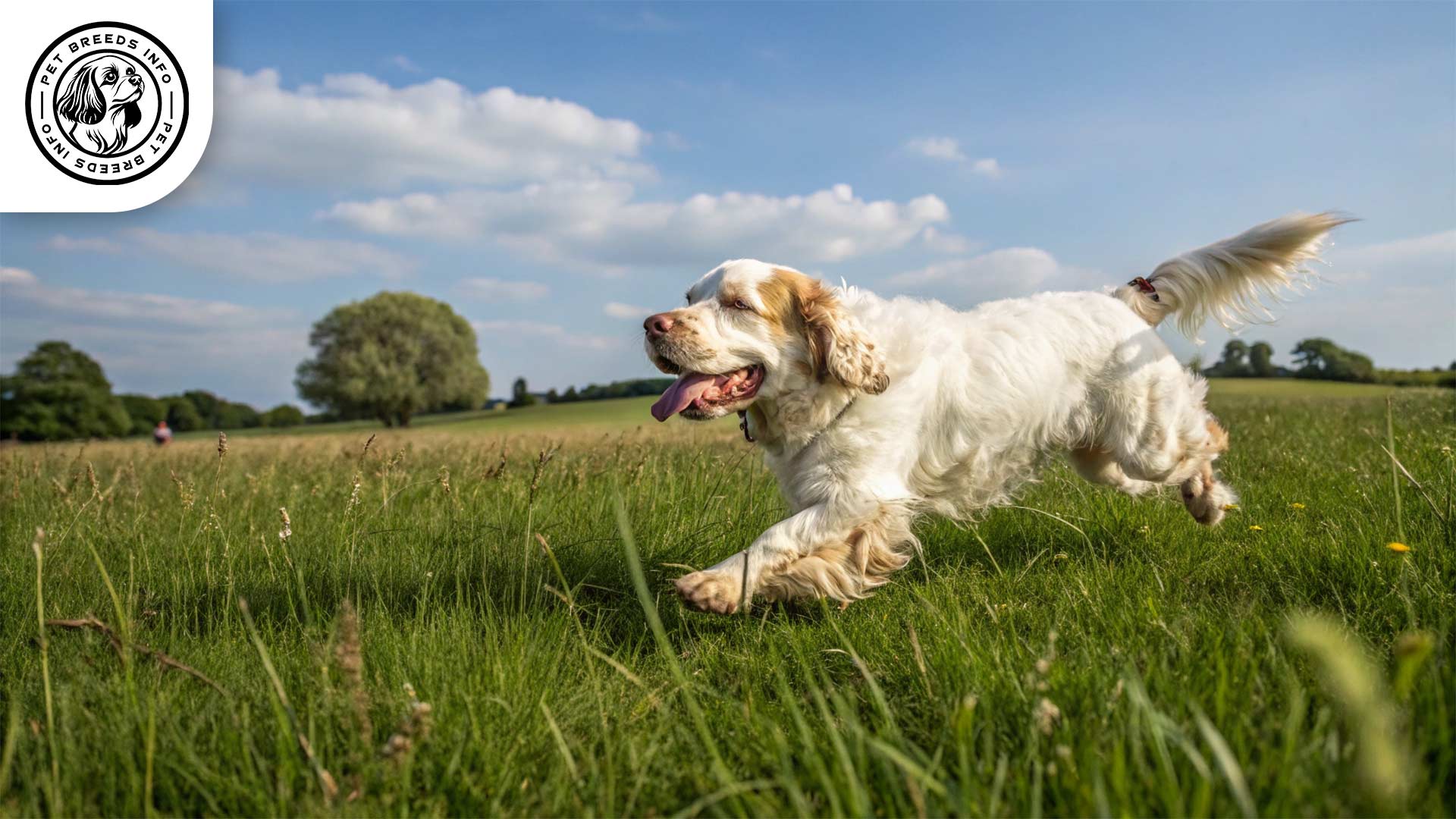
The breed has large, expressive, and dark amber eyes that give them a gentle appearance. Their ears are long, soft, and set low, framing their face elegantly. The tail is traditionally docked in some countries but is naturally long and feathered.
Distinctive physical traits include a broad, square muzzle, heavy-boned structure, and large padded paws, making them well-suited for rough terrains.
Read More: Chesapeake Bay Retriever Dog
Personality and Temperament
The Clumber Spaniel is highly intelligent but can be somewhat independent, requiring patient and positive reinforcement in training. This breed has a moderate energy level and enjoys leisurely strolls rather than vigorous exercise.
They are extremely loyal and affectionate towards their owners, often forming deep bonds. They are known for their calm and docile temperament, making them excellent family companions. Their social behavior is generally friendly, and they tend to get along well with children and other pets.
Although they were originally bred for hunting, their prey drive is lower compared to other spaniels. They are playful but not overly boisterous, preferring relaxed activities. They can be somewhat sensitive to environmental changes and do not react well to harsh treatment or loud noises.
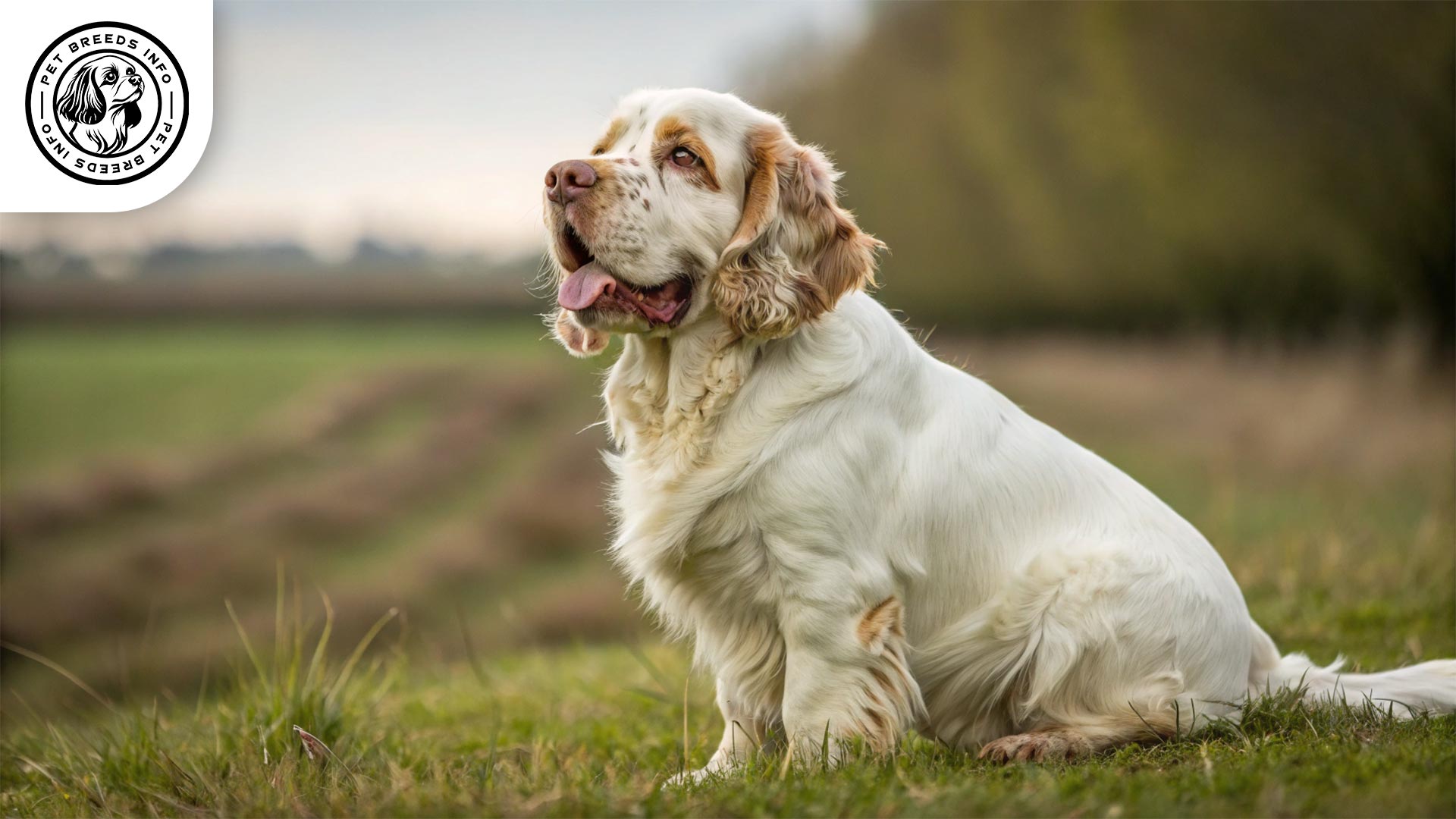
Care and Maintenance Requirements
The Clumber Spaniel requires moderate exercise, such as daily walks or playful activities in a fenced yard. While they can adapt to apartment living, they thrive better in homes with enough space to roam.
Grooming is essential due to their dense coat. Regular brushing (at least three times a week) is needed to prevent matting. They shed moderately throughout the year, with heavier seasonal shedding.
They are sensitive to heat and should be kept cool during hot weather. In colder seasons, they tolerate low temperatures well.
Hygiene practices should include regular bathing, nail trimming, ear cleaning (to prevent infections), and dental care to maintain overall health.
Diet and Nutrition
The Clumber Spaniel benefits from a balanced diet that may include high-quality dry kibble, wet food, or a natural raw diet. They require food rich in protein and healthy fats.
Care should be taken to avoid excessive carbohydrates as they have a tendency to gain weight easily. Foods to avoid include chocolate, onions, grapes, and high-fat human foods.
Portion control is essential; most adult Clumber Spaniels need about 2.5 to 3 cups of food per day, divided into two meals.

Health and Common Medical Issues
Some common health issues in Clumber Spaniels include hip dysplasia, eye disorders (such as entropion), ear infections (due to their floppy ears), and obesity. Regular veterinary check-ups can help monitor these conditions.
The average lifespan of a Clumber Spaniel is around 10 to 12 years.
They require routine vaccinations, parasite control, and regular health screenings to maintain optimal well-being.
Read More: Chinese Crested Dog
Training and Behavior Management
The Clumber Spaniel is intelligent but sometimes stubborn, requiring consistent training from an early age. They respond well to positive reinforcement techniques such as treats and praise.
Socialization is crucial during puppyhood to ensure they grow into well-mannered adults. Early exposure to different people, pets, and environments is recommended.
House training is generally easy, but patience is needed as they can be slow learners in some areas. Obedience training enhances their behavior and ensures they develop good manners.
Interaction with Other Animals and Humans
This breed is known for its excellent interaction with children, as they are gentle, patient, and affectionate.
They usually get along well with other dogs and pets but should be supervised during initial interactions to ensure harmony. Their calm demeanor makes them ideal for families, though they can also do well with individuals who can provide them with adequate companionship.
While they appreciate independent moments, they are highly attached to their owners and dislike being left alone for extended periods.
Price and Availability
The cost of purchasing a Clumber Spaniel from a reputable breeder usually ranges between $1,500 and $3,500, depending on lineage and breeder reputation. Adoption costs from shelters or rescue groups are significantly lower.
Prospective owners should thoroughly research breeders to ensure responsible breeding practices. Reputable breeders conduct health screenings and provide proper documentation.

Conclusion and Final Thoughts
The Clumber Spaniel is a wonderful breed for those looking for a calm, affectionate, and loyal companion. Their low energy levels make them suitable for families, seniors, and those with a less active lifestyle.
They thrive in homes where they receive ample attention and care. Potential owners must be prepared for regular grooming, weight management, and slight stubbornness during training.
With proper care, training, and love, the Clumber Spaniel makes an excellent addition to the right household.
Read More: Cavalier King Charles Spaniel Dog
FAQ
What is the temperament of a Clumber Spaniel?
Clumber Spaniels are known for their gentle, affectionate, and loyal nature. They are generally calm and docile, making them excellent family companions. While intelligent, they can be somewhat independent and require patient training.
How much grooming does a Clumber Spaniel need?
Clumber Spaniels require moderate grooming. Regular brushing at least three times a week is essential to prevent matting due to their dense, silky coat. They also shed moderately throughout the year, with heavier seasonal shedding.
How much exercise does a Clumber Spaniel require?
Clumber Spaniels have a moderate energy level and enjoy daily walks or playful activities in a fenced yard. They don’t require vigorous exercise and are well-suited for leisurely strolls.
Are Clumber Spaniels good with children and other pets?
Yes, Clumber Spaniels are generally excellent with children, known for being gentle and patient. They also tend to get along well with other dogs and pets, though supervision during initial interactions is recommended to ensure harmony.
